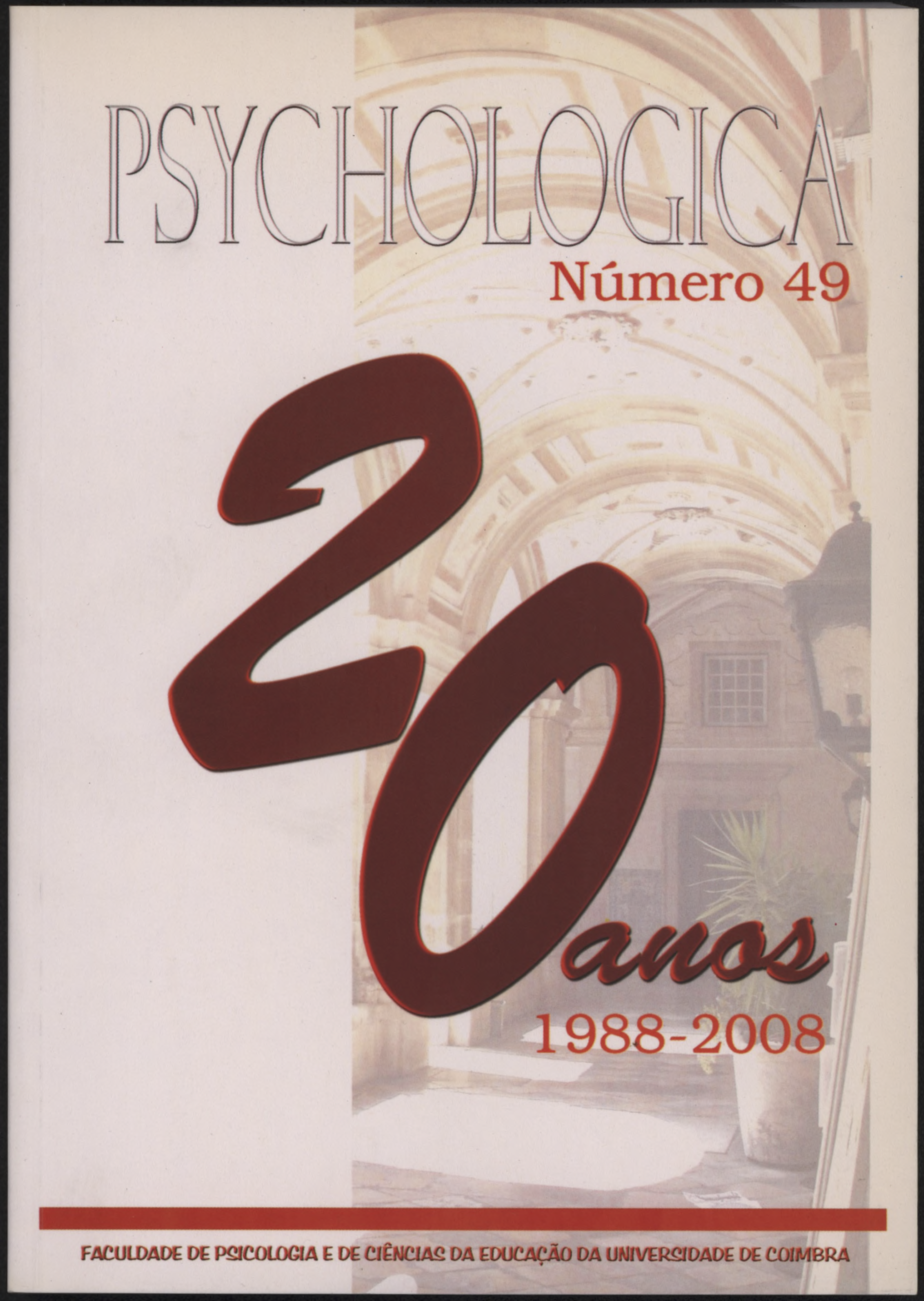Pain Measurement - Use of The self-administered questionnaire
The Survey of Pain Attitudes (SOPA) and Chronic Pain Coping Inventory - 42 (CPCI- 42) on Portuguese Population
DOI:
https://doi.org/10.14195/1647-8606_49_9Keywords:
Adaptation Beliefs, Coping Strategies, Multidisciplinary Treatments, PainAbstract
The study presents the psychometric characteristics of the Portuguese version of The Survey of Pain Attitudes (SOPA, Jensen & Karoly, 2000) and Chronic Pain Coping Inventory-42 (CPCI-42, Romano, Jensen & Turner, 2003). In Study 1, Factorial Analysis of both measures was studied in 651 Portuguese adults, who attended a Health Care Centre. For SOPA, a 9 factor’s structure explained 61.319% of the variance (Control - Strategies of Self Control, Incapacity, Emotion, Solicitation, Medication; Control - Learning Strategies, Medical Healing, and Damage). Concerning CPCI-42, 6 factor’s structure explained 60.835% (Relaxing, Prevention, Search of Support, Self declarations, Takes Persistency and Exercise). The measure factors were adequate to the original model, presenting values of internal consistency highly superiors to those obtained originally.
A second study analyse the convergent and divergent validities of the obtained versions of SOPA and CPCI-42, in a 151 adult’s sample. Contributes of these measures were approached through the analysis of multiple regression, therefore explaining the symptoms of anxiety, depression and stresse. Results are discussed considering existing literature.
Downloads
Downloads
Published
How to Cite
Issue
Section
License
Copyright (c) 2008 José Pinto Gouveia, Joana Costa

This work is licensed under a Creative Commons Attribution 4.0 International License.
Authors retain copyright and grant the journal right of first publication with the work simultaneously licensed under a Creative Commons Attribution License that allows sharing the work with recognition of authorship and initial publication in Antropologia Portuguesa journal.







